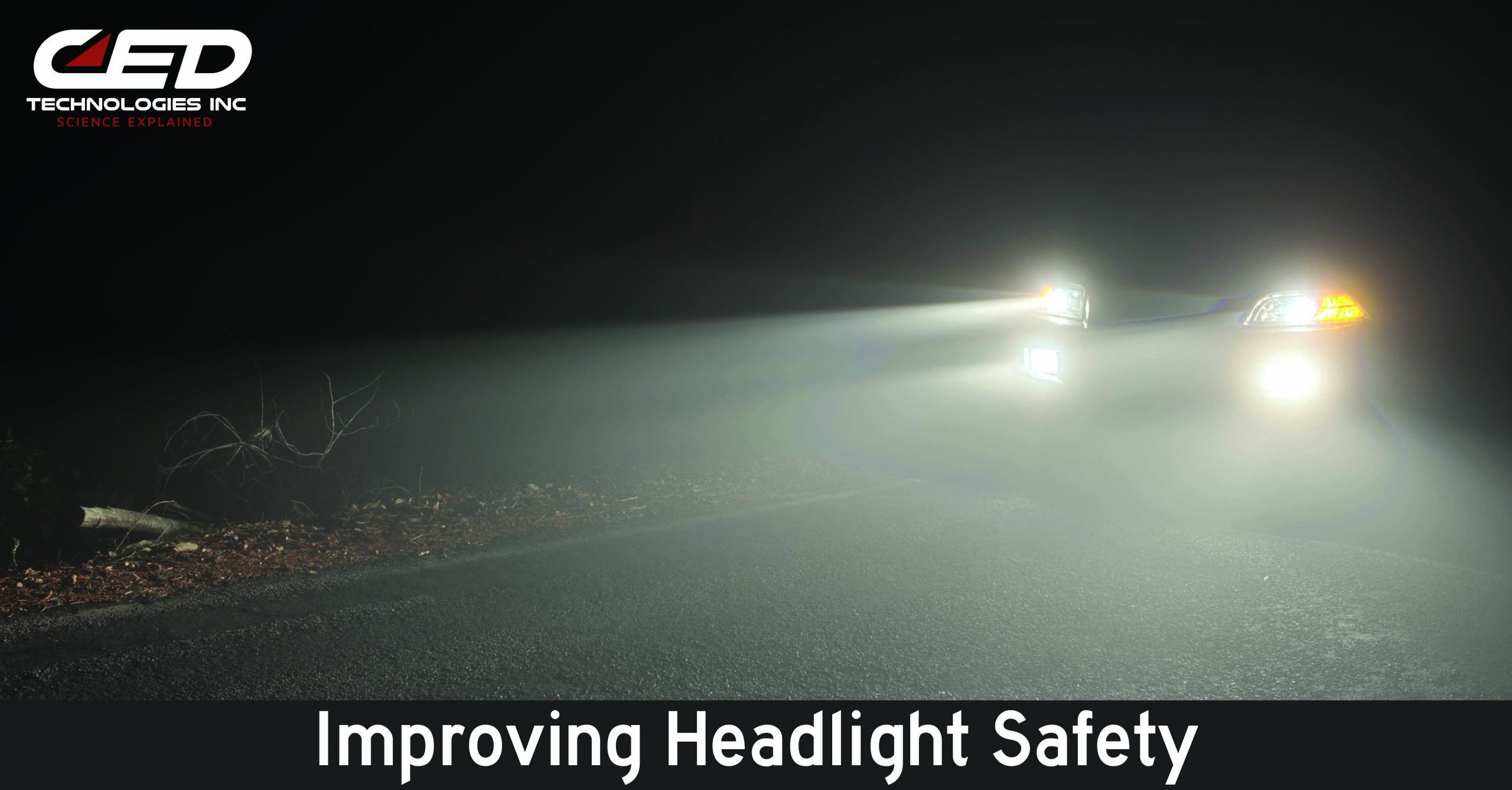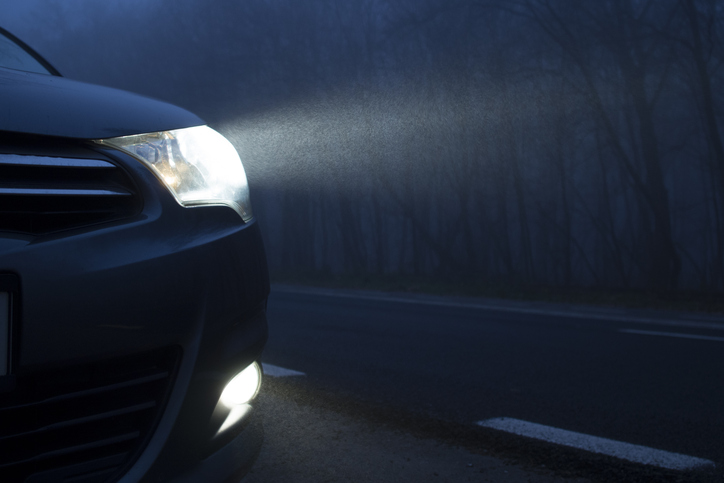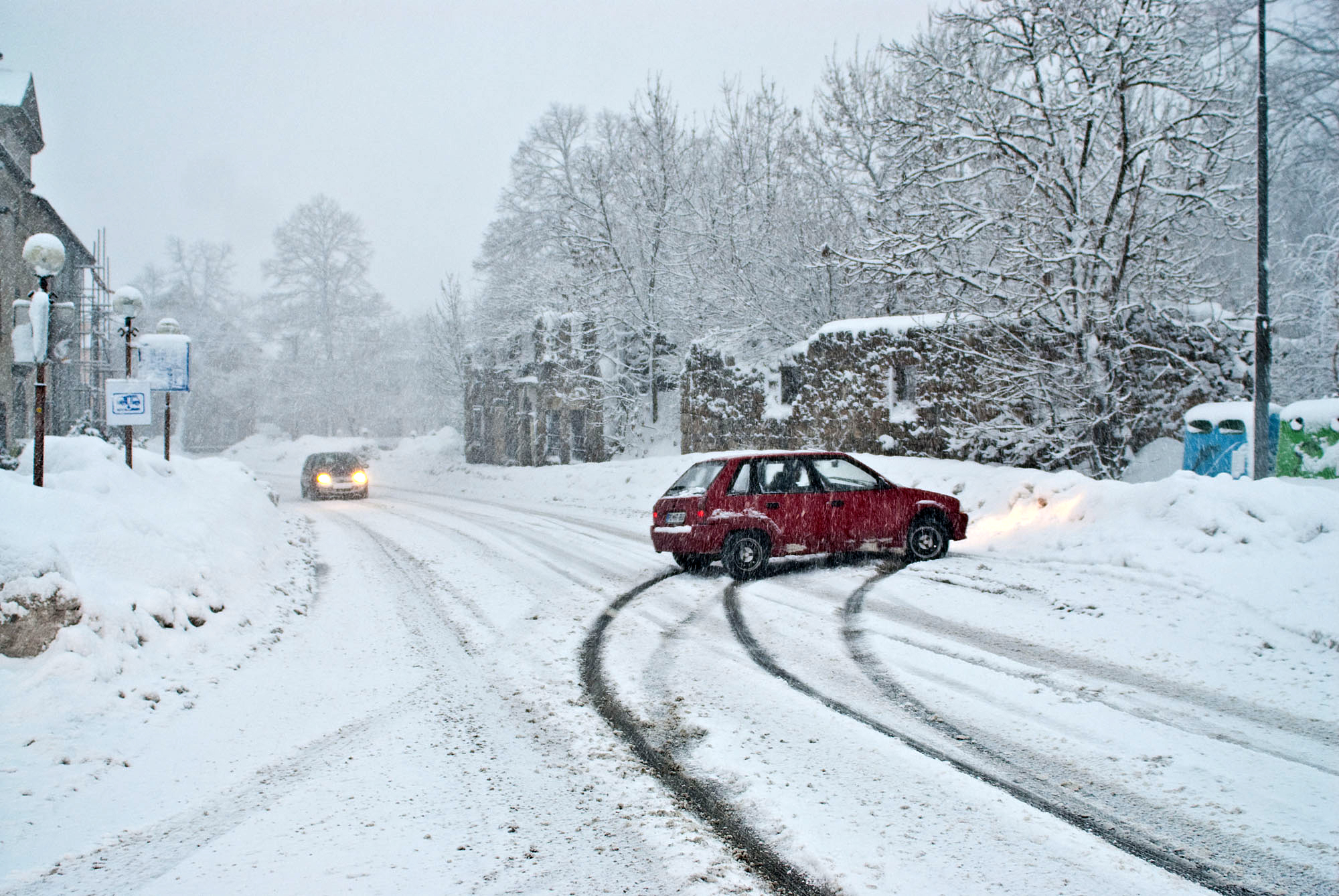When thinking about the safety features you want on a new car, things like anti-lock brakes, airbags, and lane departure warnings are probably high on the list. However, an often overlooked, but very important, feature is the car’s headlights. Data shows that about half of deadly crashes on U.S. roads happen at night, with more than a quarter of these taking place on unlit roads. The Insurance Institute for Highway Safety (IIHS) includes headlight ratings in its vehicle safety evaluations. IIHS tests both low and high beam headlights to measure how far they illuminate the road on straightaways and around gradual and sharp curves.
IIHS began rating headlights in 2016. Their designations are: Good, Acceptable, Marginal, and Poor. Beginning with the 2020 model year, IIHS said it would no longer award its Top Safety Pick+ honors to vehicles that fail to achieve a Good or Acceptable headlight rating for every version of the model.
IIHS rates headlight safety based on two metrics: visibility and glare. For visibility, headlights need to illuminate the road’s right side for at least 325 feet. Those given a poor rating illuminate only the right side of the road 220 feet or less. Points are also deducted during IIHS testing when headlights temporarily blind oncoming drivers.
IIHS testing does more than just quantify headlight visibility and glare. IIHS testers have claimed that automobile manufacturers installed headlights that were aimed improperly, created too much glare, or did not sufficiently illuminate the road. According to IIHS, in some cases, automotive designers even compromised headlight performance to achieve a specific look.
Newer features like adaptive headlights, which actively respond to changing conditions like speed or steering, and high-beam assist, which automatically dims lights in response to other vehicles, can significantly improve safety and should be considered when shopping for a new car.
Improved headlight design and safety features mean a safer drive for everyone. When CED engineers investigate a vehicle crash, they consider elements including environment, human factors, and available safety features. Contact us today for your next transportation crash or claim, or submit a case request online.
Click Here To See Our Full List of Experts Click Here To Submit an Inquiry about a possible Claim or Case.






